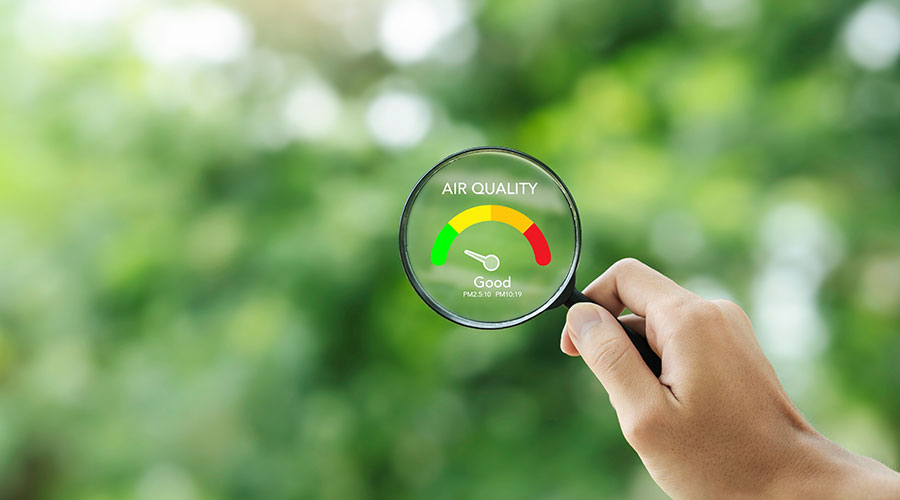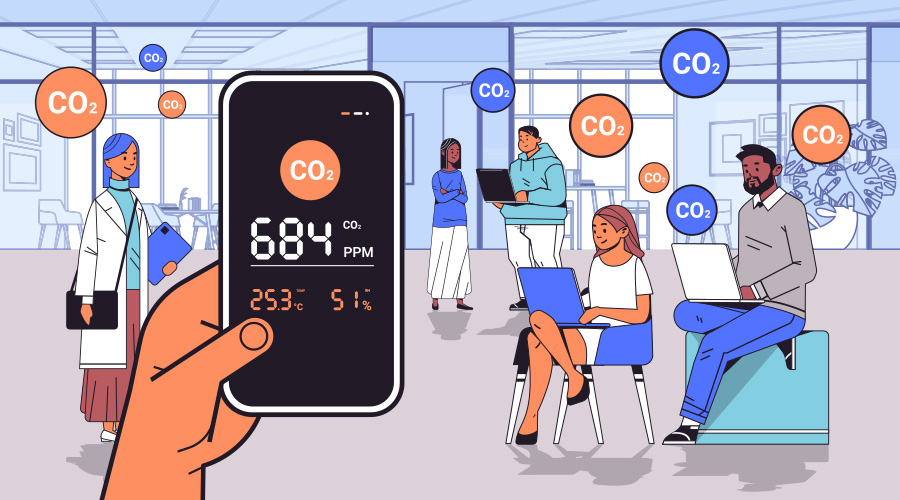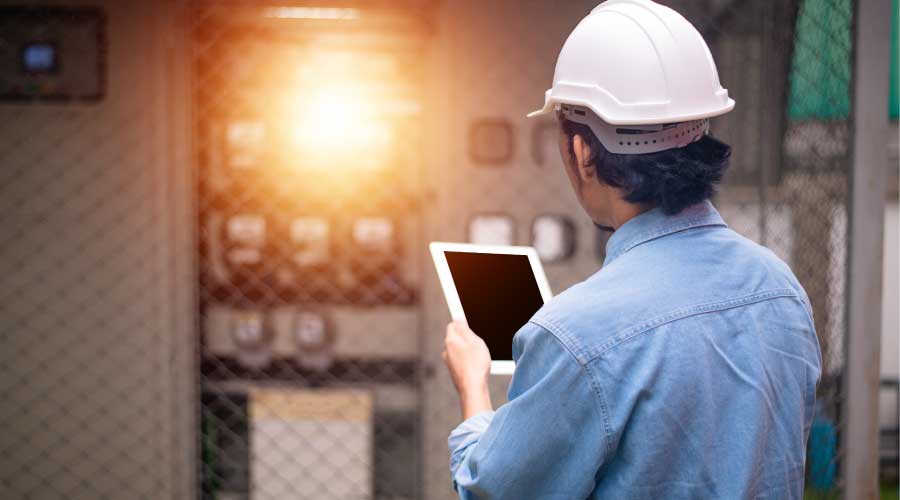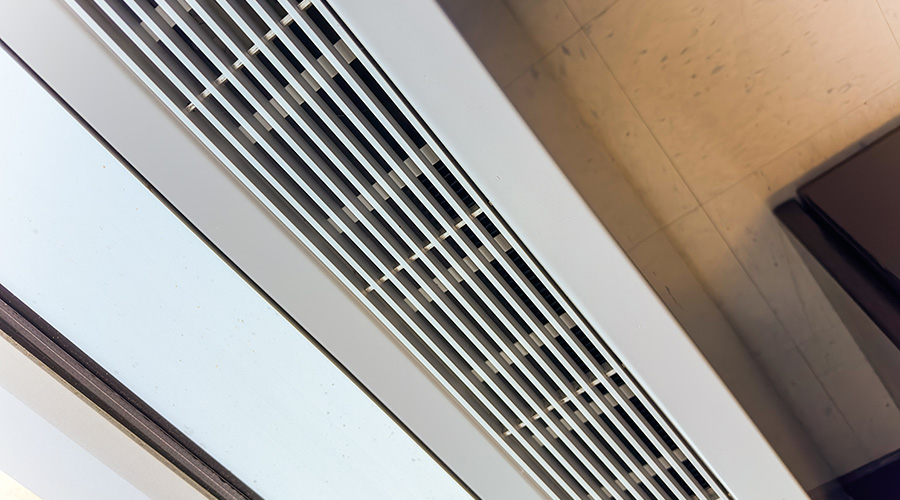2024 HVAC Trends: Sustainability, Filtration, and Future Innovations
There is heightened attention on the energy efficiency of building design and operation.
Sustainability remains a top priority for managers.
“In 2024, several regulations will impact HVAC systems, reflecting an increasing global commitment to sustainability,” says Curd. “These regulations encompass stricter emissions standards, which aim to reduce the environmental impact of HVAC systems, energy efficiency requirements to promote the adoption of eco-friendly technologies, guidelines for the responsible use of refrigerants to curb greenhouse gas emissions, and an amplified focus on humidity control for enhanced occupant comfort and energy conservation.”
When determining carbon footprint, managers must consider the embodied carbon, or the materials used to construct buildings, as well as operational carbon, which is the amount of carbon burned throughout the life of the building.
There is heightened attention on the energy efficiency of building design and operation. Finding the balance between energy consumption and proper ventilation and air movement is a critical challenge.
“Historically, ventilation components of a system consumed up to 16 percent of a building’s electrical energy,” Mancl says. “This includes fans and cooling equipment required to treat the fresh air.
“HVAC technology is evolving just like all aspects of our lives. Building automation systems can be excellent tools to trim out your buildings’ efficiency.”
One starting point for managers is to make sure HVAC equipment schedules match the building’s actual use and that the system can set back or relax during unoccupied periods.
“A more advanced consideration would be demand-controlled ventilation,” Mancl says. “As we look to improve IAQ by bringing in more fresh outdoor air, it is a good idea to only deliver that air to the areas of the building that need it. Installing CO2 monitors in various representative spaces throughout the building can not only bring awareness to how effectively the ventilation system is working but can also be a control point to drive the amount of fresh air we deliver to a space or zone. Essentially, as the CO2 levels increase, so does our fresh air volume to flush out the CO2 and other contaminants until the CO2 levels come back down to an acceptable level.”
What does the future hold for advances designed to improve IAQ? Managers can expect wider use of control strategies to fine-tune HVAC systems in newer buildings or major renovations as a means to optimize IAQ, sustainability and energy efficiency.
“We are seeing more emphasis on IAQ and proper energy-conscious ventilation strategies in building codes that govern how new buildings are designed,” Mancl says. “The good news is that as we continue to evolve as an industry, many of these controls platforms and equipment controls are becoming more user-friendly and intuitive when done properly.”
Emphasizing filtration
Energy producers have made strides in generating and storing clean energy. Heat pumps powered by electricity offer one sustainable alternative.
“Decarbonization efforts across the country will likely push more facilities toward electrification in the coming years, with New York City leading the way,” says Wright, adding that New York has banned the installation of natural-gas hookups in some new construction as early as 2025.
Managers looking to improve their facilities’ IAQ should determine the level of filtration their HVAC system can handle. Wright says MERV 13 filters — designed to remove particles from the air that are larger than 0.30 microns, such as dust and pollen — as the starting point for filtering smaller COVID-19 particles and other allergens.
“MERV 8, an acceptable standard before the pandemic, may not get the job done,” Wright says. “This might require upgrading your HVAC system. The better your filter, the better your system will run, and the upgrades could save you money in the long run.”
Wright says the attention paid to improved filtration is only going to grow.
“We saw its importance during the pandemic, but the benefits of a strong filtration system stretch beyond reducing COVID in the air,” Wright says. “I want to stress the importance of portable air filters versus environmental controls. You’re not going to put a MERV-13, MERV-20 or HEPA filter on a ceiling cassette. It’s not going to work without a very robust blower system.”
In 2024, managers can expect to see the HVAC landscape continuing to change.
“The HVAC landscape is evolving beyond its conventional role, with a renewed focus on sustainability, decarbonization, humidity control, and compliance with changing regulations,” says Curd. “Facility managers are crucial in navigating these shifts, ensuring that HVAC systems meet the immediate indoor air quality needs and contribute to broader environmental and efficiency goals. Staying informed about the latest trends and regulations, including those related to humidity control, will be key to successfully adapting to the changing dynamics of the HVAC industry in 2024 and beyond.”
Howard Riell is a freelance writer based in Henderson, Nevada.
Related Topics:













